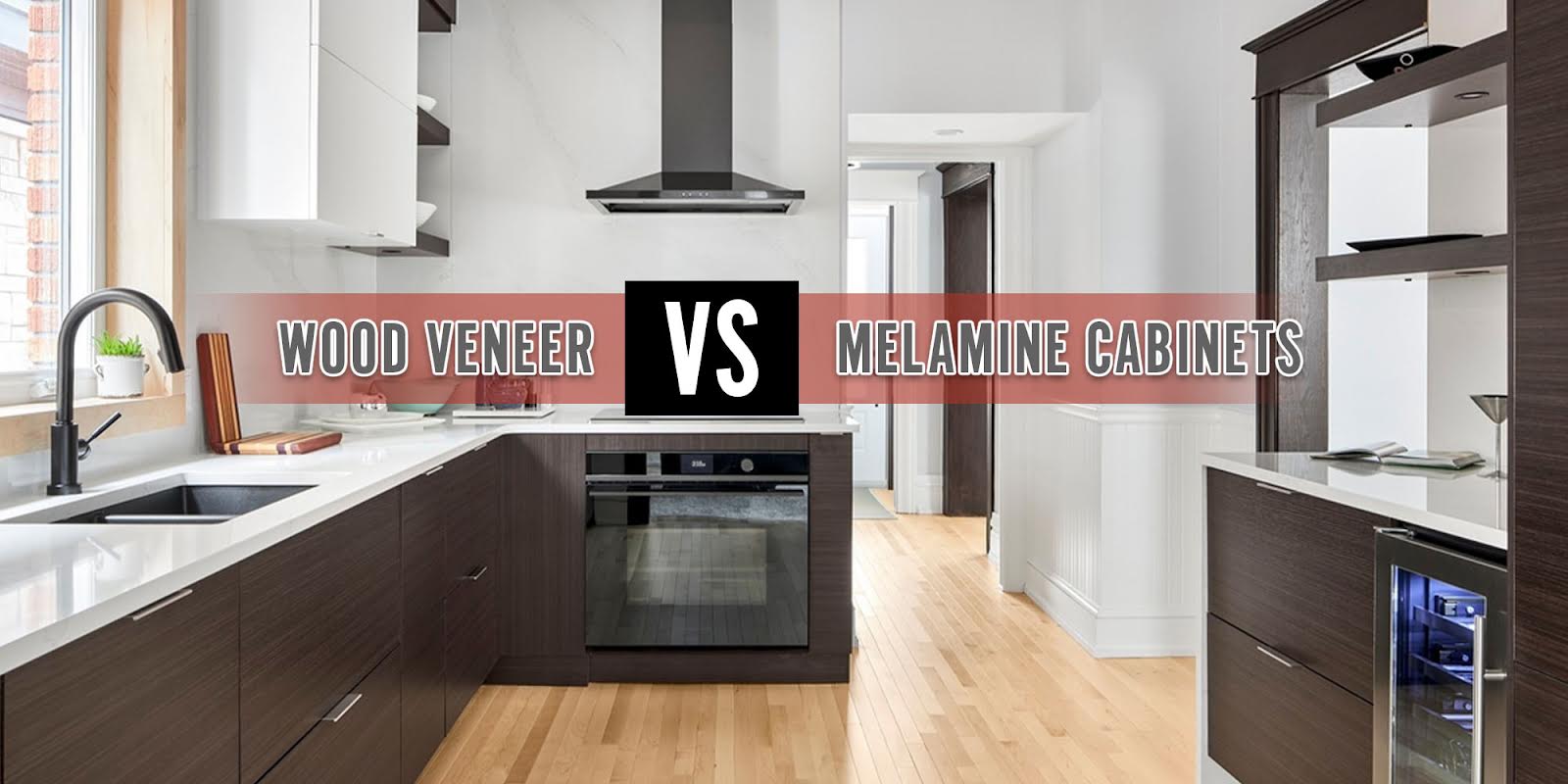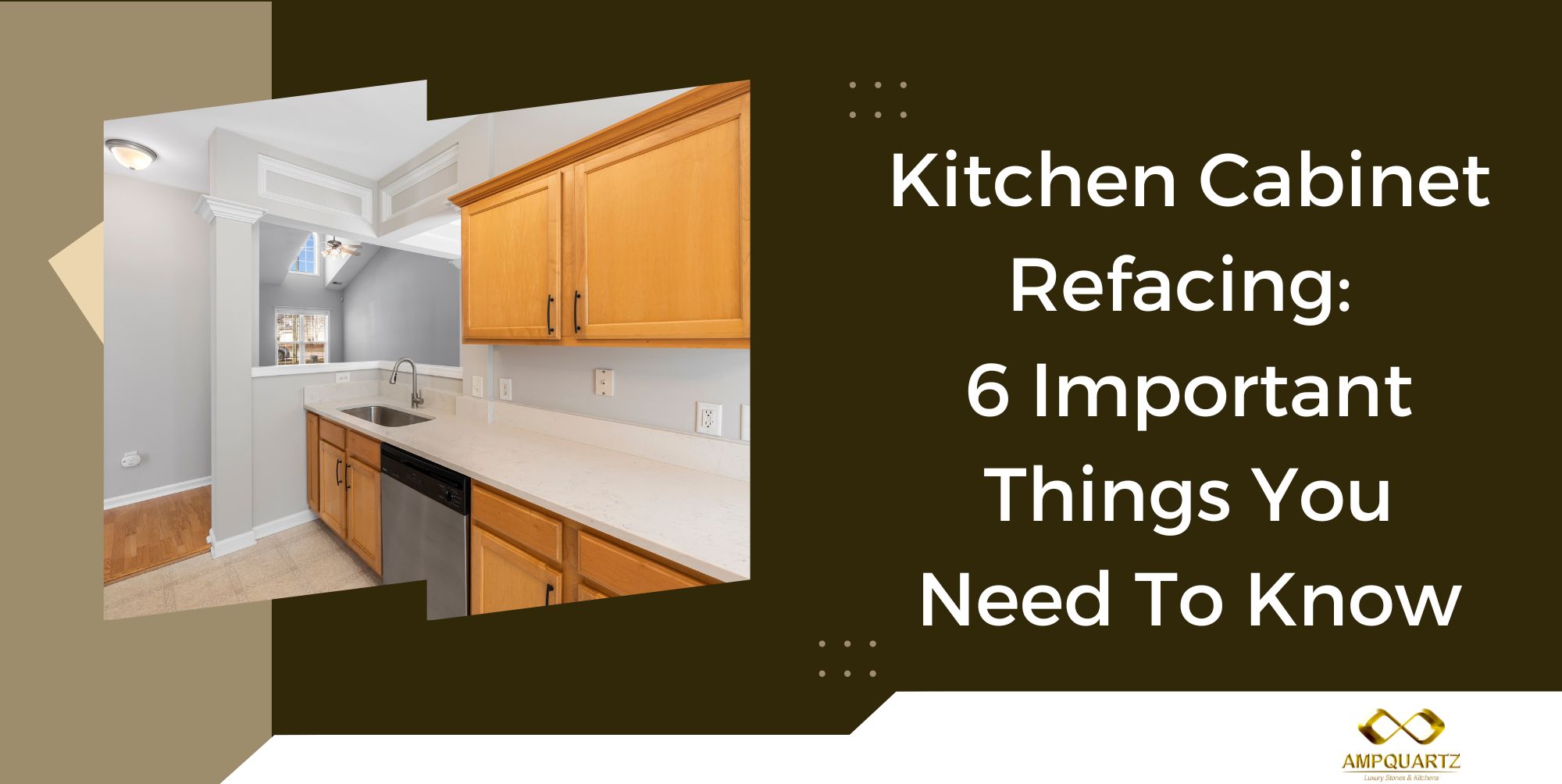Aesthetic Considerations

The visual appeal of your kitchen cabinets is a significant factor in the overall design and feel of your space. Both melamine and wood cabinets offer a wide range of aesthetic options, each with its own unique advantages and disadvantages. Understanding these differences can help you make an informed decision that aligns with your personal style and budget.
Styles and Finishes
Melamine and wood cabinets offer diverse styles and finishes to suit various tastes and design preferences.
Melamine cabinets often come in a variety of pre-finished options, including:
- Solid Colors: Melamine cabinets are available in a wide range of solid colors, from classic white and black to bolder hues like navy blue and emerald green. This allows for a clean and modern aesthetic, making it easy to coordinate with other kitchen elements.
- Woodgrain Laminates: Melamine can also mimic the look of real wood with woodgrain laminates. These laminates offer a realistic wood-like appearance at a fraction of the cost of real wood. They come in various species, such as oak, maple, cherry, and walnut, providing a warm and natural feel.
- High-Gloss Finishes: Melamine cabinets can also be finished with a high-gloss coating, creating a sleek and modern look. This type of finish reflects light, adding a touch of sophistication to the kitchen.
Wood cabinets, on the other hand, offer a more natural and customizable look. They can be stained or painted in a variety of colors, allowing for a wide range of aesthetic possibilities.
- Staining: Staining wood cabinets enhances their natural grain patterns, providing a rich and warm look. Different stains can create a range of colors, from light honey tones to deep browns and reds.
- Painting: Wood cabinets can also be painted in any color imaginable, allowing for a more personalized and contemporary aesthetic. This option provides a blank canvas for your creative vision.
Visual Appeal
Melamine and wood cabinets differ in their visual appeal, offering unique advantages in terms of color options, textures, and patterns.
Melamine cabinets excel in offering a wide range of color options, from vibrant hues to subtle neutrals. Their smooth, non-porous surface is easy to clean and maintain, making them a practical choice for busy kitchens. However, melamine’s lack of natural texture can make it appear less luxurious than wood.
Wood cabinets, on the other hand, offer a natural beauty and warmth that melamine cannot replicate. The unique grain patterns and textures of wood add depth and character to the kitchen. While wood offers a wide range of color options through staining and painting, its natural beauty can be more difficult to maintain, requiring regular cleaning and refinishing.
Customization
Melamine cabinets offer limited customization options compared to wood cabinets. While melamine comes in various pre-finished options, the ability to alter the material’s appearance is restricted.
Wood cabinets offer greater customization possibilities, allowing you to personalize the look and feel of your kitchen. You can choose from a variety of wood species, stains, and paint colors to create a truly unique aesthetic. You can also incorporate custom details, such as decorative hardware, carvings, and inlays, to enhance the overall design.
Comparison Table
The following table summarizes the aesthetic considerations of melamine and wood cabinets across various design styles:
| Style | Melamine | Wood |
|---|---|---|
| Modern | Sleek, minimalist, high-gloss finishes, bold colors | Clean lines, natural wood grains, light stains, painted finishes |
| Traditional | Woodgrain laminates, warm tones, classic designs | Rich stains, intricate carvings, ornate hardware, traditional finishes |
| Rustic | Distressed woodgrain laminates, weathered finishes | Reclaimed wood, natural textures, distressed finishes, heavy hardware |
Practicality and Maintenance: Melamine Cabinets Vs Wood

The practicality of cabinets extends beyond aesthetics and encompasses their durability, ease of cleaning, and suitability for everyday use. Melamine and wood cabinets offer distinct advantages and disadvantages in these aspects, influencing their suitability for different environments and lifestyles.
Cleaning and Maintenance Requirements, Melamine cabinets vs wood
The cleaning and maintenance requirements of melamine and wood cabinets differ significantly. Melamine cabinets are known for their low-maintenance nature, while wood cabinets require more attention and care to preserve their appearance and longevity.
- Melamine cabinets are generally easier to clean. Their non-porous surface resists stains and moisture, making them ideal for kitchens and bathrooms where spills and splashes are common. Simply wipe them down with a damp cloth and mild detergent. Avoid harsh chemicals or abrasive cleaners that can damage the finish.
- Wood cabinets, on the other hand, require more care. They are susceptible to stains, scratches, and water damage. Regular cleaning with a specialized wood cleaner and a soft cloth is recommended. Avoid using harsh chemicals or excessive water, which can warp or damage the wood.
Care for Long-Term Durability
Proper care and maintenance are crucial for maximizing the lifespan of both melamine and wood cabinets.
- Melamine cabinets generally require minimal upkeep. Their durable finish resists scratches and dents, but it’s essential to avoid using abrasive cleaners that can damage the surface. Regular dusting and wiping with a damp cloth are sufficient to maintain their appearance.
- Wood cabinets require more frequent maintenance to preserve their beauty and prevent damage. Regular cleaning with a specialized wood cleaner and a soft cloth is essential. Applying a protective sealant periodically helps to repel moisture and stains. Additionally, it’s important to avoid exposing wood cabinets to excessive heat or direct sunlight, which can cause warping or discoloration.
Repair and Modification Potential
The ease of repair and modification varies significantly between melamine and wood cabinets.
- Melamine cabinets are generally more challenging to repair or modify. Their surface is not easily repairable, and any significant damage may require replacing the entire panel. While some minor scratches or dents can be concealed with touch-up paint, major repairs are often impractical.
- Wood cabinets offer greater flexibility for repairs and modifications. Scratches or dents can be sanded down and refinished. Damaged panels can be replaced or repaired with wood filler. Wood cabinets can also be easily painted or stained to change their appearance or match a new décor.
Practicality Comparison Table
| Feature | Melamine Cabinets | Wood Cabinets |
|---|---|---|
| Cleaning and Maintenance | Low maintenance, easy to clean | Requires more care, prone to stains and scratches |
| Durability | Resistant to scratches and dents | Susceptible to scratches, dents, and water damage |
| Repair and Modification | Difficult to repair, replacement may be necessary | Easy to repair and modify, can be refinished or painted |
| Cost | Generally more affordable | More expensive |
| Sustainability | Less sustainable due to the use of synthetic materials | More sustainable if sourced from responsible forestry practices |
